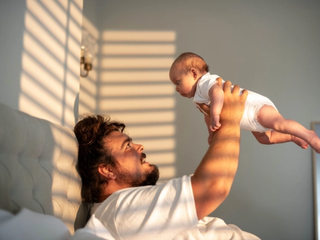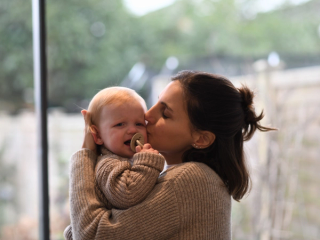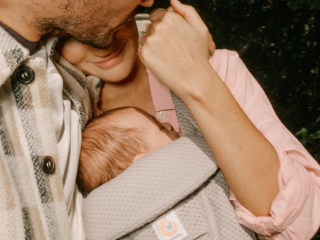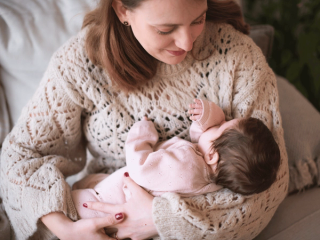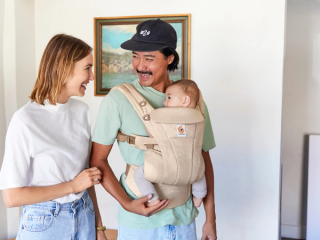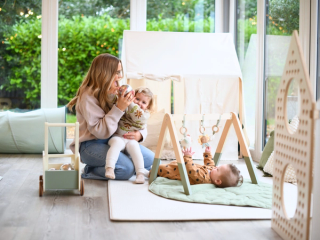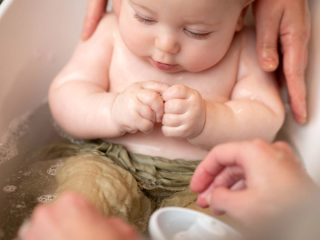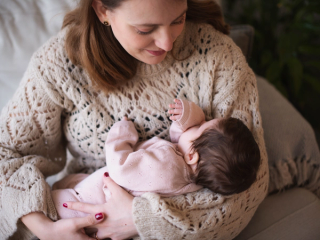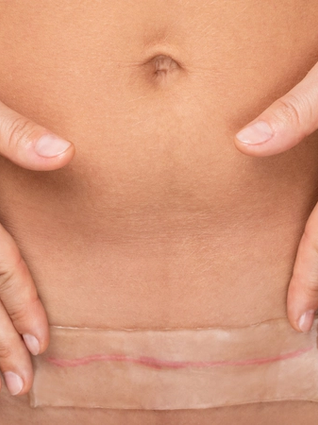
- Home
- Advice Hub
- Newborn
- New Parent Support
- C - Section Scar Still Causing You Bother?
C-Section scar still causing you bother?
A C section is major abdominal surgery. There’s no fluffing it up; your body sustained a big trauma to bring your baby into the world. Your scar will take up to 2 years to reach full maturity; however, after the first few months the acute healing will be complete and so if it is still causing you bother we want to investigate it a bit further.
A C section is major abdominal surgery. There’s no fluffing it up; your body sustained a big trauma to bring your baby into the world. Your scar will take up to 2 years to reach full maturity; however, after the first few months the acute healing will be complete and so if it is still causing you bother we want to investigate it a bit further.
A lumpy, bumpy scar
A well-healed scar will be flat and a pale pink or white by 6 months postpartum. If there are raised areas along your scar then it’s likely your body has overproduced scar tissue. My number 1 tip is to be gentle with your scar. If it gets irritated, more scar tissue can be produced, so dry the area gently and avoid waistbands rubbing on the area. My 2nd tip is to invest in a good quality silicone product , I’d recommend Scarban or Frida Mum, once the scar is fully closed and scab free. Silicone works brilliantly on lumpy, bumpy scars.
Funny sensations – maybe numb, maybe super sensitive.
When the skin layer was parted and pulled apart to get your baby out lots of nerve endings were damaged. These nerve endings are what give you sensation by taking the information from the skin up to your brain to process. They struggle to recover if they are never given any surface information to figure out what’s normal again. It’s like re calibrating the pressure sensors in your car tyre after the damaged tyre has been swapped with a new one. Unfortunately your body doesn’t have a button for this, ; it takes time to recalibrate our nerve endings. This means that even after all the acute healing has finished, the nerve endings can translate normal pressure or touch as painful or not give you much feeling at all. Essentially the calibration of your sensors is too high or low.
We improve this by giving your scar and the surrounding area lots of non-threatening touch. You can do this in a few simple ways; gently dry your tummy and scar after washing, moisturise your tummy with mindful touch, massage the scar itself gently with coconut oil. We want touch to be gentle so we don’t overstimulate the scar, it isn’t a sports massage! The more we touch, the more information we give our sensors to process, but be patient it does take time.
Pain since the surgery – not just at the scar!
Unfortunately some C Section Mums can experience low back pain, abdominal pain and pelvic pain longer term, as well as pain at the scar itself. There’s a few potential reasons for this. It could be due to the disruption that the C section causes in the fascial layer of your body. Fascia is between your skin and muscles, I like to think of it as the clingfilm wrapped around your muscles and organs giving support. When you had your C section this was parted just above your pubic bone and stitched back up. Think of a fishing net that was torn and sewn back up with rope, it will mean this net now has a rigid point. This could therefore cause pulling that you feel somewhere else, like your low back for example. This is called myofascial dysfunction.
The other cause of pain can be scar adhesions. Even though the surgeon stitched up each of the layers in your body separately, scar tissue can be like a spider web and stick to surrounding structures. This can cause pain when that area is doing it’s job. For example, you can get pain when weeing if adhesions go to your bladder, or when using your abdominal muscles. This is treatable with expert support.
The other key area present in most with postpartum pain is we are a little bit stuck in our fight or flight mode, constantly ready for action which puts our pain system on high alert. The first year postpartum is the perfect cocktail for what we call central nervous system hypersensitisation. We aren’t getting good quality sleep, we’ve had a massive life shift changing our key relationships, we’re often depleted in various key nutrients as our body is still recovering from pregnancy, and our body rarely gets an opportunity to go into a rest and digest state for any period of time. Looking wider than the site of the pain is vital in improving it.
The overhang that no one wants, but most get.
The belly falling over the top of your scar is so common that if you’ve managed to avoid it then it’s a minor miracle, and every other C section Mum will likely be jealous. This overhang takes time and sometimes a bit of extra TLC to reduce, patience is key.
There’s a few factors that can be involved. Not all overhangs are the same. Here are some of the more common factors involved.
- Those deeper scar adhesions we were talking about can pull the scar inwards, meaning the above tissues hang over.
- This is major abdominal surgery. With all significant trauma there is a lot of swelling. Sometimes the lymphatic drainage system that removes swelling when acute healing has completed gets a bit stuck and so you can have pockets of swelling remaining for months afterwards.
- If you have a significant diastasis (tummy gap) or just general looseness in the lower abdominal wall then the belly will hang forwards when the muscles are relaxed, and be particularly noticeable at the end of the day or after meals.
- Then there is also subcutaneous fat. Our body purposefully stock piles during pregnancy, and the reduced activity levels to recover after birth mean fat stores are often more. We all have our own genetic disposition of where we tend to store more fat, for some it’s the tummy, so this can also be a factor.
Be patient with your body, but if something doesn’t seem right then get support.
Advice & tips

Want to read more? Join the HiPP BabyClub for full access to this article.
As a BabyClub member, you'll get access to a range of exclusive benefits, including:
Monthly competitions
Discounts from our Partners
Expert advice tailored to your little one's age
Weaning recipes
HiPP shop discounts*
*10% off HiPP's online shop does not apply to our First Infant, Anti-Reflux or Comfort Formula Milk.
Important notice: Breastfeeding is best. Follow on milk should only be used as part of a mixed diet from 6 months. Talk to a healthcare professional.




